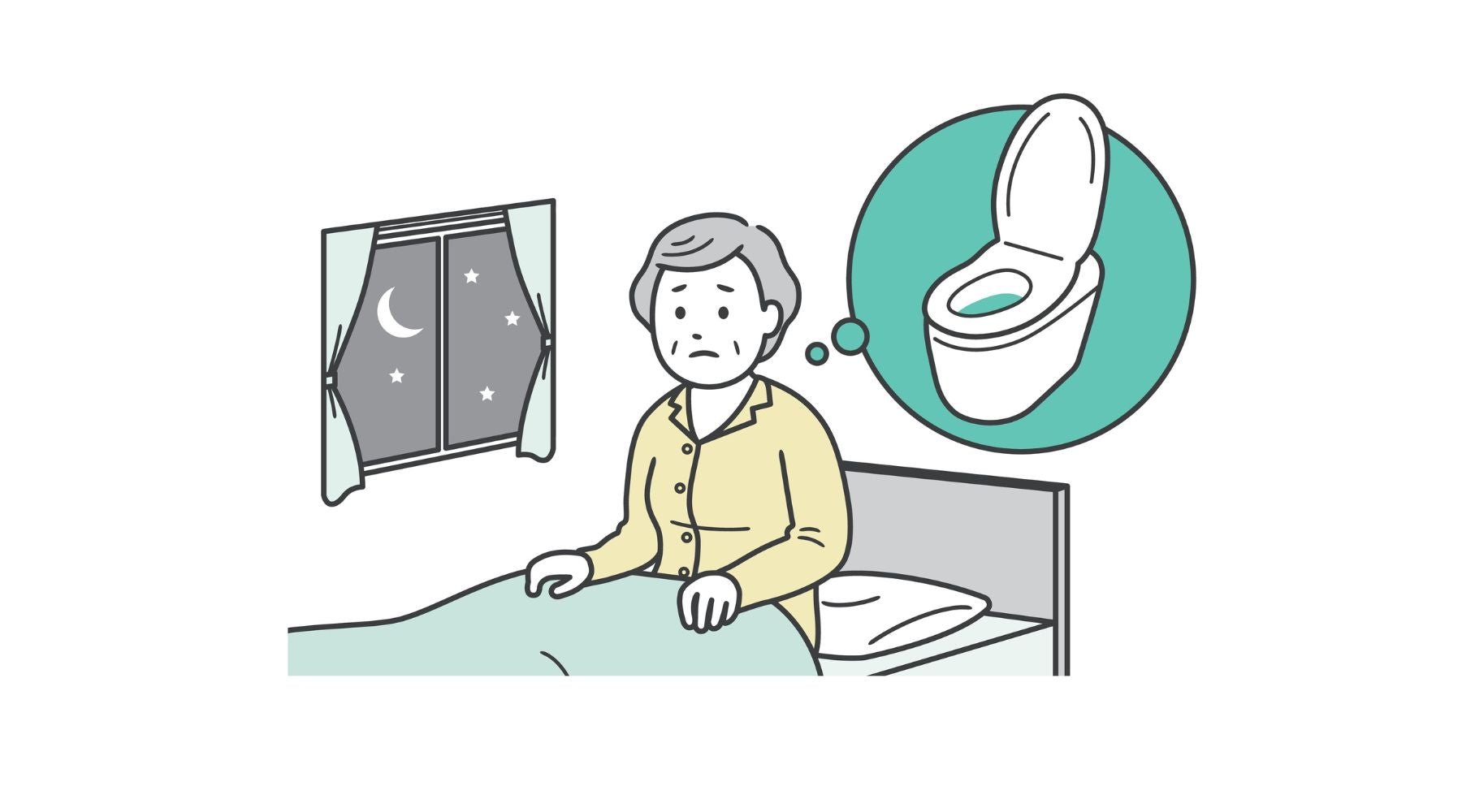Article: Unlocking the Power of Kegel Exercises: Benefits for Everyone

Unlocking the Power of Kegel Exercises: Benefits for Everyone
When it comes to maintaining your pelvic health, Kegel exercises often don't get the recognition they deserve. Named after Dr. Arnold Kegel, who developed them in the late 1940s, these exercises are simple yet highly effective for strengthening the pelvic floor muscles. Surprisingly versatile, Kegel exercises benefit not only women but also men. In this blog post, we'll explore the numerous advantages of incorporating Kegel exercises into your daily routine.
Improved Bladder Control
One of the most significant benefits of Kegel exercises is their ability to enhance bladder control. By strengthening the pelvic floor muscles, you can reduce the risk of urinary incontinence—a common issue for many, especially during pregnancy, after childbirth, or as you age. Regular practice can help you respond more effectively to the urge to urinate, allowing you to hold it longer and feel more confident in social situations.
Enhanced Sexual Health
Kegel exercises can also improve sexual pleasure for both men and women. For women, stronger pelvic floor muscles can lead to increased sensation during intercourse and can help in achieving stronger orgasms. For men, Kegels can help with erectile function and prolong ejaculation, potentially enhancing overall sexual performance and satisfaction.
Support During Pregnancy and Postpartum Recovery
For pregnant women, Kegel exercises are a beneficial tool. They help prepare the pelvic floor for the physical changes that come with pregnancy and childbirth. Strengthened pelvic muscles can lead to a smoother delivery and faster postpartum recovery. Additionally, Kegel exercises can mitigate the risk of incontinence after childbirth, helping new mothers regain their confidence.
Reduces Pelvic Pain
Many individuals experience pelvic discomfort or pain related to various conditions, including pelvic floor dysfunction. Kegel exercises can relieve tension in these muscles and help manage pain. By promoting better muscle coordination, Kegels can also assist in addressing other pelvic pain conditions, such as vulvodynia or vaginismus in women.
Prevention of Prolapse
Pelvic organ prolapse, where pelvic organs descend into the vaginal canal due to weakened pelvic muscles, can significantly impact quality of life. Regular Kegel exercises can strengthen the pelvic floor to help prevent this condition, ensuring that your internal organs remain supported.
Convenience and Discretion
One of the great advantages of Kegel exercises is that you can do them anytime, anywhere, without anyone noticing. Whether you're at home, sitting in your office, or even while commuting, these exercises require minimal time and effort while providing maximum benefits.
Simplicity and Accessibility
Kegel exercises are easy to learn and do not require any special equipment or membership fees. Simply identify your pelvic floor muscles by trying to stop urination mid-flow (though it’s best to practice Kegels when your bladder isn’t full). Once you've identified the right muscles, you can begin performing the exercises by contracting and relaxing them in a controlled manner.
How to Perform Kegel Exercises: A Quick Guide
- Identify the Right Muscles: As mentioned, try to stop urination mid-flow to find your pelvic floor muscles.
- Get Comfortable: You can do Kegels lying down, sitting, or standing.
- Contract and Hold: Squeeze your pelvic floor muscles and hold for 3-5 seconds; don’t hold your breath.
- Relax: Release the contraction and rest for an equal amount of time.
- Repetition: Aim for 10-15 repetitions, three times a day.
Final Thoughts
The benefits of Kegel exercises are vast and can transform not only pelvic health but also overall quality of life. Whether you’re looking to improve bladder control, enhance sexual pleasure, or prepare for childbirth, Kegel exercises offer a simple, discreet, and effective solution.
Always remember to consult with a healthcare provider before starting any new exercise routine, especially if you are managing existing health conditions or are pregnant. By incorporating Kegel exercises into your routine, you are taking an empowering step toward better pelvic health and wellness—one contraction at a time. Start today, and unlock the potential of your pelvic floor!

